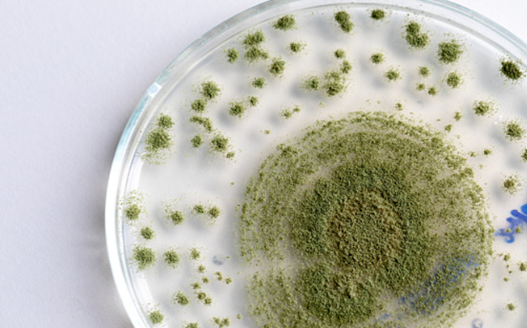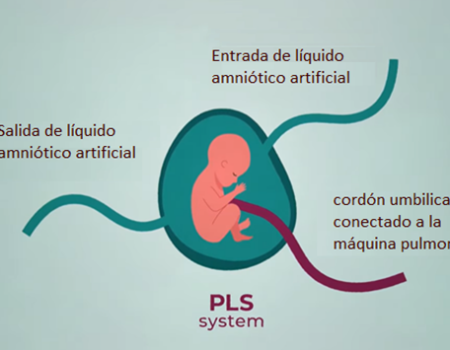
Full Time Professor
Bioengineering and Chemical Engineering Department
Microfluidic devices have ushered in a new era of innovation, captivating the scientific community with their remarkable ability to manipulate fluids on a tiny scale. These devices represent a breakthrough in the field and offer unprecedented precision, efficiency and versatility. As a researcher constantly looking for innovative tools to advance my work, I am deeply impressed by the transformative power of microfluidic devices.
One of the most prominent features of microfluid devices is their ability to handle small amounts of fluids, often in the microliter or even nanoliter range. This not only preserves valuable reagents and samples, but also allows complex experiments that were previously inconceivable. Whether precise mixing of multiple reagents, efficient separation of biomolecules, or the creation of complex gradients, microfluids give researchers unparalleled control over their experimental configurations. The adaptability of microfluidic devices is really amazing. These devices can be adapted to various applications, from biology and chemistry to science and materials engineering. Microfluidic platforms can now be easily designed to mimic physiological conditions, allowing researchers to closely simulate real-world biological scenarios. This not only improves the accuracy of the results but also speeds up the pace of discoveries by allowing high-performance experimentation.
In practice, microfluid devices have a clear advantage over traditional laboratory processes that required a significant amount of time and resources. Now microfluidic devices can run these experiments in a fraction of the time. In addition, the integration of multiple steps within a single device reduces the risk of contamination, optimizes workflows and ensures consistent and reliable results. This compact nature is a great help for laboratories as it maximizes the use of limited work areas. Using these devices is surprisingly simple due to the wealth of resources available, ranging from design and simulation software to complete manuals for manufacturing and operation. There are also online groups where researchers openly share their ideas, fostering a supportive environment for both newcomers and experts.
Microfluid devices have revolutionized the landscape of VOCID-19 testing by enabling fast and accurate diagnostic testing. These devices can process small volumes of patient samples and deliver results in minutes. By integrating multiple steps (sample preparation, amplification and detection) into a single platform, microfluidic devices improve efficiency and reduce the risk of contamination. This capacity has been particularly crucial in high-risk environments such as hospitals, airports and community testing centres.
Microfluid devices have been instrumental in bringing testing to the point of attention. These portable, easy-to-use platforms allow healthcare providers to perform bedside testing, eliminating the need to send samples to central laboratories and streamlining patient care. Its adaptability and ease of use have been instrumental in expanding testing capacity, especially in resource-constrained environments. Microfluid devices have also played a vital role in accelerating vaccine development and research. They allow the precise manipulation of immune cells and antigens, which helps in the design and optimization of vaccine candidates. In addition, microfluids facilitate the study of immune responses at the unicellular level, shedding light on how the body reacts to the virus and possible vaccines.
Microfluidic devices offer an invaluable platform for testing potential antiviral drugs and therapies. Researchers can create microenvironments that mimic human tissues, allowing the study of pharmacological interactions and their effects on the virus. These devices also help understand the behavior of the virus and identify possible pharmacological targets. Microfluid devices are not without challenges like any other technology. The complexities of manufacturing and the potential for obstruction or leakage can pose difficulties, but with practice and the amount of resources available this can be overcome. In addition, while initial equipment and material costs may be high, long-term savings in reagents and labor justify the investment.
In this unprecedented era, microfluidic devices have proven to be innovative and versatile tools. Its impact extends far beyond COVID-19 and promises advances in diagnosis, healthcare and research in various disciplines. In conclusion, microfluidic devices are a revolutionary tool. Its ability to precisely miniaturize and control fluid processes opens the door to a world of possibilities, from advancing medical diagnosis to unraveling the complexities of cellular behavior. The advances they allow are not merely incremental; they are transformative and impressive.

Currently professors of Bioengineering of UTEC are working on projects related to microfluidic devices with biological applications. If you are interested in being part of the projects you expect: Join UTEC Bioengineering!
References:
- J.S. Kim et al. Microfluidics in healthcare: recent advancements and future prospects Biosens. Bioelectron. (2017)
- L. Zhang et al. Microfluidics in pharmaceuticals: recent developments, challenges, and future prospects J. Control. Release (2020)
- Y. Li et al. Microfluidics in drug discovery and development Expert Opin. Drug Discov. (2018)
- J.S. Kim et al. Microfluidics-based platforms for personalized medicine Biosens. Bioelectron. (2018)
- J. Li et al. Microfluidic technologies for the manufacturing of pharmaceuticals Expert Opin. Drug Deliv. (2019)
- Lijuan Ma et al., Advances in application and innovation of microfluidic platforms for pharmaceutical analysis, TrAC Trends in Analytical Chemistry, Volume 160, 2023, 116951, ISSN 0165-9936




